1. Ueda P, Woodward M, Lu Y, Hajifathalian K, Al-Wotayan R, Aguilar-Salinas CA, Ahmadvand A, Azizi F, Bentham J, Cifkova R, Di Cesare M, Eriksen L, Farzadfar F, Ferguson TS, Ikeda N, Khalili D, Khang YH, Lanska V, León-Muñoz L, Magliano DJ, et al. 2017; Laboratory-based and office-based risk scores and charts to predict 10-year risk of cardiovascular disease in 182 countries: a pooled analysis of prospective cohorts and health surveys. Lancet Diabetes Endocrinol. 5:196–213. DOI:
10.1016/S2213-8587(17)30015-3. PMID:
28126460. PMCID:
PMC5354360.

2. Scioli MG, Storti G, D'Amico F, Rodríguez Guzmán R, Centofanti F, Doldo E, Céspedes Miranda EM, Orlandi A. 2020; Oxidative stress and new pathogenetic mechanisms in endothelial dysfunction: potential diagnostic biomarkers and therapeutic targets. J Clin Med. 9:1995. DOI:
10.3390/jcm9061995. PMID:
32630452. PMCID:
PMC7355625.

3. Wu Q, Liu XX, Lu DY, Li YT, Sun J, Lan YY, Liu T. 2018; [Protective effect of Polygonum orientale flower extract on H₂O₂-induced oxidative damage of HUVEC cells]. Zhongguo Zhong Yao Za Zhi. 43:1008–1013. Chinese. DOI:
10.19540/j.cnki.cjcmm.2018.0033. PMID:
29676101.
4. Büchter C, Zhao L, Havermann S, Honnen S, Fritz G, Proksch P, Wätjen W. 2015; TSG (2,3,5,4'-Tetrahydroxystilbene-2-O-β-D-glucoside) from the Chinese herb Polygonum multiflorum increases life span and stress resistance of Caenorhabditis elegans. Oxid Med Cell Longev. 2015:124357. DOI:
10.1155/2015/124357. PMID:
26075030. PMCID:
PMC4436517.
5. Zhao J, Liang Y, Song F, Xu S, Nian L, Zhou X, Wang S. 2016; TSG attenuates LPC-induced endothelial cells inflammatory damage through notch signaling inhibition. IUBMB Life. 68:37–50. DOI:
10.1002/iub.1458. PMID:
26662286.

6. Zhao J, Xu S, Song F, Nian L, Zhou X, Wang S. 2014; 2,3,5,4'-tetrahydroxystilbene-2-O-β-D-glucoside protects human umbilical vein endothelial cells against lysophosphatidylcholine-induced apoptosis by upregulating superoxide dismutase and glutathione peroxidase. IUBMB Life. 66:711–722. DOI:
10.1002/iub.1321. PMID:
25382724.

7. Lee SY, Ahn SM, Wang Z, Choi YW, Shin HK, Choi BT. 2017; Neuroprotective effects of 2,3,5,4'-tetrahydoxystilbene-2-O-β-D-glucoside from Polygonum multiflorum against glutamate-induced oxidative toxicity in HT22 cells. J Ethnopharmacol. 195:64–70. DOI:
10.1016/j.jep.2016.12.001. PMID:
27939422.

8. Xie M, Zhang G, Yin W, Hei XX, Liu T. 2018; Cognitive enhancing and antioxidant effects of tetrahydroxystilbene glucoside in Aβ1-42-induced neurodegeneration in mice. J Integr Neurosci. 17:355–365. DOI:
10.3233/JIN-170059. PMID:
29125494.

9. Li W, Sun R, Zhou S, Ma J, Xie Y, Xu B, Long H, Luo K, Fang K. 2018; 2,3,5,4'-Tetrahydroxystilbene-2-O-β-D-glucoside inhibits septic serum-induced inflammatory injury
via interfering with the ROS-MAPK-NF-κB signaling pathway in pulmonary aortic endothelial cells. Int J Mol Med. 41:1643–1650. DOI:
10.3892/ijmm.2017.3329.
10. Di Marzo N, Chisci E, Giovannoni R. 2018; The role of hydrogen peroxide in redox-dependent signaling: homeostatic and pathological responses in mammalian cells. Cells. 7:156. DOI:
10.3390/cells7100156. PMID:
30287799. PMCID:
PMC6211135.

11. Kuosmanen SM, Kansanen E, Sihvola V, Levonen AL. 2017; MicroRNA profiling reveals distinct profiles for tissue-derived and cultured endothelial cells. Sci Rep. 7:10943. DOI:
10.1038/s41598-017-11487-4. PMID:
28887500. PMCID:
PMC5591252.

12. Incalza MA, D'Oria R, Natalicchio A, Perrini S, Laviola L, Giorgino F. 2018; Oxidative stress and reactive oxygen species in endothelial dysfunction associated with cardiovascular and metabolic diseases. Vascul Pharmacol. 100:1–19. DOI:
10.1016/j.vph.2017.05.005. PMID:
28579545.

14. Yi J, Gao ZF. 2019; MicroRNA-9-5p promotes angiogenesis but inhibits apoptosis and inflammation of high glucose-induced injury in human umbilical vascular endothelial cells by targeting CXCR4. Int J Biol Macromol. 130:1–9. DOI:
10.1016/j.ijbiomac.2019.02.003. PMID:
30716366.

15. Sun CY, She XM, Qin Y, Chu ZB, Chen L, Ai LS, Zhang L, Hu Y. 2013; miR-15a and miR-16 affect the angiogenesis of multiple myeloma by targeting VEGF. Carcinogenesis. 34:426–435. DOI:
10.1093/carcin/bgs333. PMID:
23104180.

16. Chung HJ, Choi YE, Kim ES, Han YH, Park MJ, Bae IH. 2015; miR-29b attenuates tumorigenicity and stemness maintenance in human glioblastoma multiforme by directly targeting BCL2L2. Oncotarget. 6:18429–18444. DOI:
10.18632/oncotarget.4384. PMID:
26155940. PMCID:
PMC4621901.
17. Chao J, Guo Y, Li P, Chao L. 2017; Role of kallistatin treatment in aging and cancer by modulating miR-34a and miR-21 expression. Oxid Med Cell Longev. 2017:5025610. DOI:
10.1155/2017/5025610. PMID:
28744338. PMCID:
PMC5506461.

18. Pan Y, Ye C, Tian Q, Yan S, Zeng X, Xiao C, Wang L, Wang H. 2018; miR-145 suppresses the proliferation, invasion and migration of NSCLC cells by regulating the BAX/BCL-2 ratio and the caspase-3 cascade. Oncol Lett. 15:4337–4343. DOI:
10.3892/ol.2018.7863. PMID:
29541201. PMCID:
PMC5835894.

19. Liu X, Gao X, Zhang W, Zhu T, Bi W, Zhang Y. 2018; MicroRNA-204 deregulation in lung adenocarcinoma controls the biological behaviors of endothelial cells potentially by modulating Janus kinase 2-signal transducer and activator of transcription 3 pathway. IUBMB Life. 70:81–91. DOI:
10.1002/iub.1706. PMID:
29281186.

21. Zhang JJ, Zhang YZ, Peng JJ, Li NS, Xiong XM, Ma QL, Luo XJ, Liu B, Peng J. 2018; Atorvastatin exerts inhibitory effect on endothelial senescence in hyperlipidemic rats through a mechanism involving down-regulation of miR-21-5p/203a-3p. Mech Ageing Dev. 169:10–18. DOI:
10.1016/j.mad.2017.12.001. PMID:
29248491.

22. Zhang M, Zhou SH, Li XP, Shen XQ, Fang ZF, Liu QM, Qiu SF, Zhao SP. 2008; Atorvastatin downregulates BMP-2 expression induced by oxidized low-density lipoprotein in human umbilical vein endothelial cells. Circ J. 72:807–812. DOI:
10.1253/circj.72.807. PMID:
18441463.

23. Yi TN, Zhao HY, Zhang JS, Shan HY, Meng X, Zhang J. 2009; Effect of aspirin on high glucose-induced senescence of endothelial cells. Chin Med J (Engl). 122:3055–3061. PMID:
20137501.
24. Pagliarini V, Giglio P, Bernardoni P, De Zio D, Fimia GM, Piacentini M, Corazzari M. 2015; Downregulation of E2F1 during ER stress is required to induce apoptosis. J Cell Sci. 128:1166–1179. DOI:
10.1242/jcs.164103. PMID:
25616897.

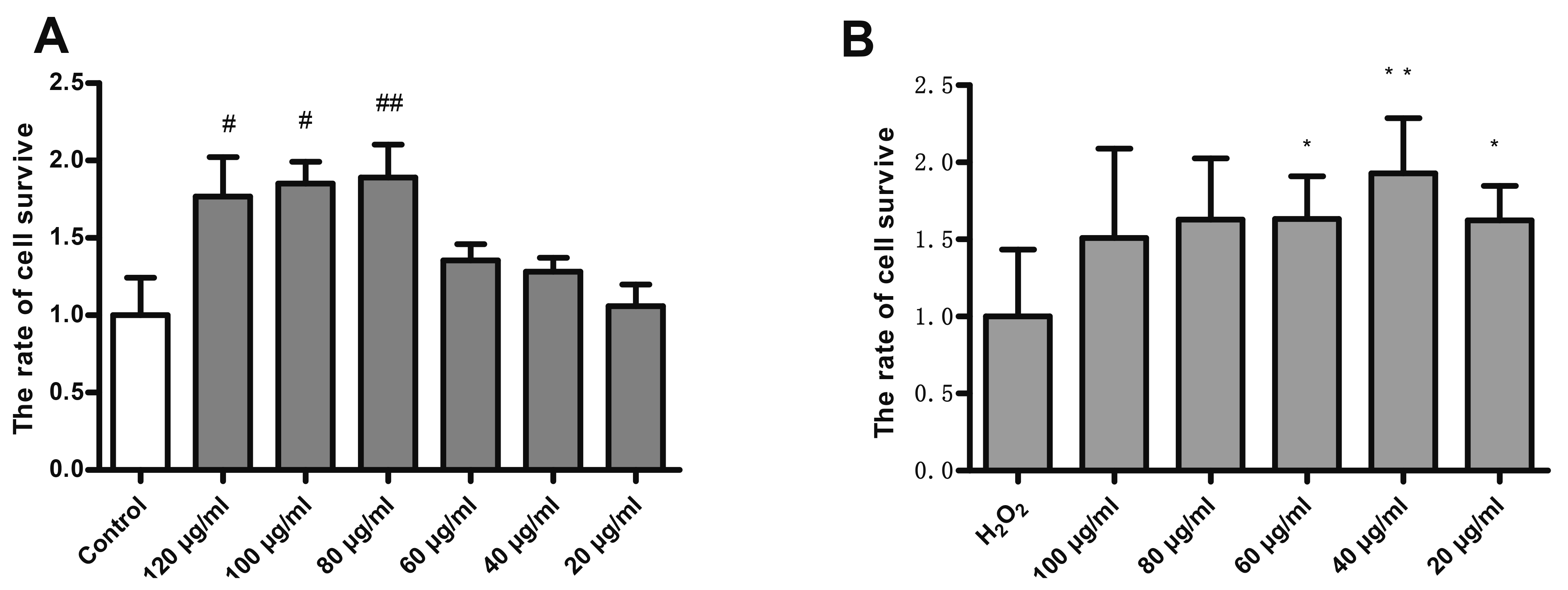

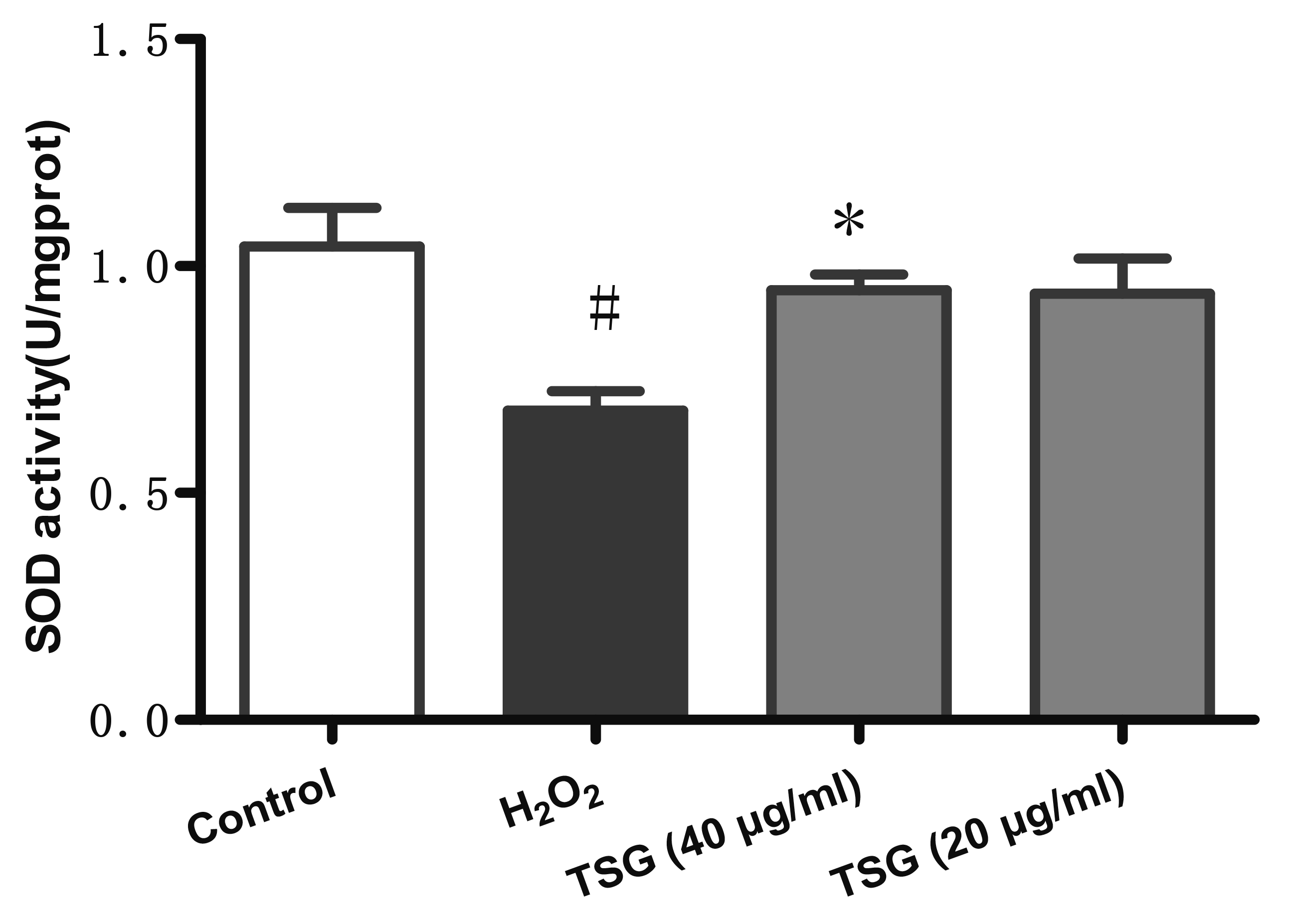
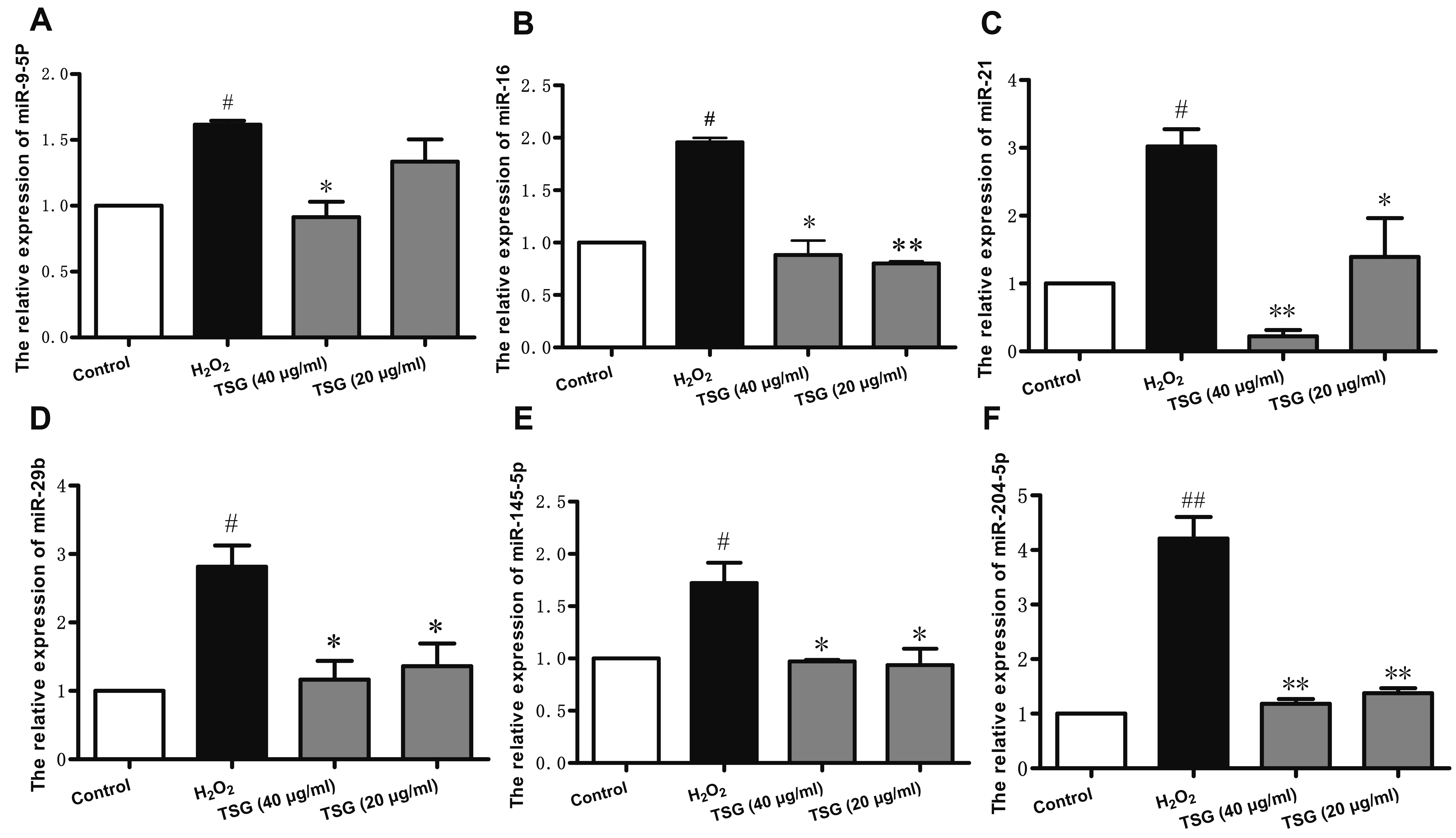
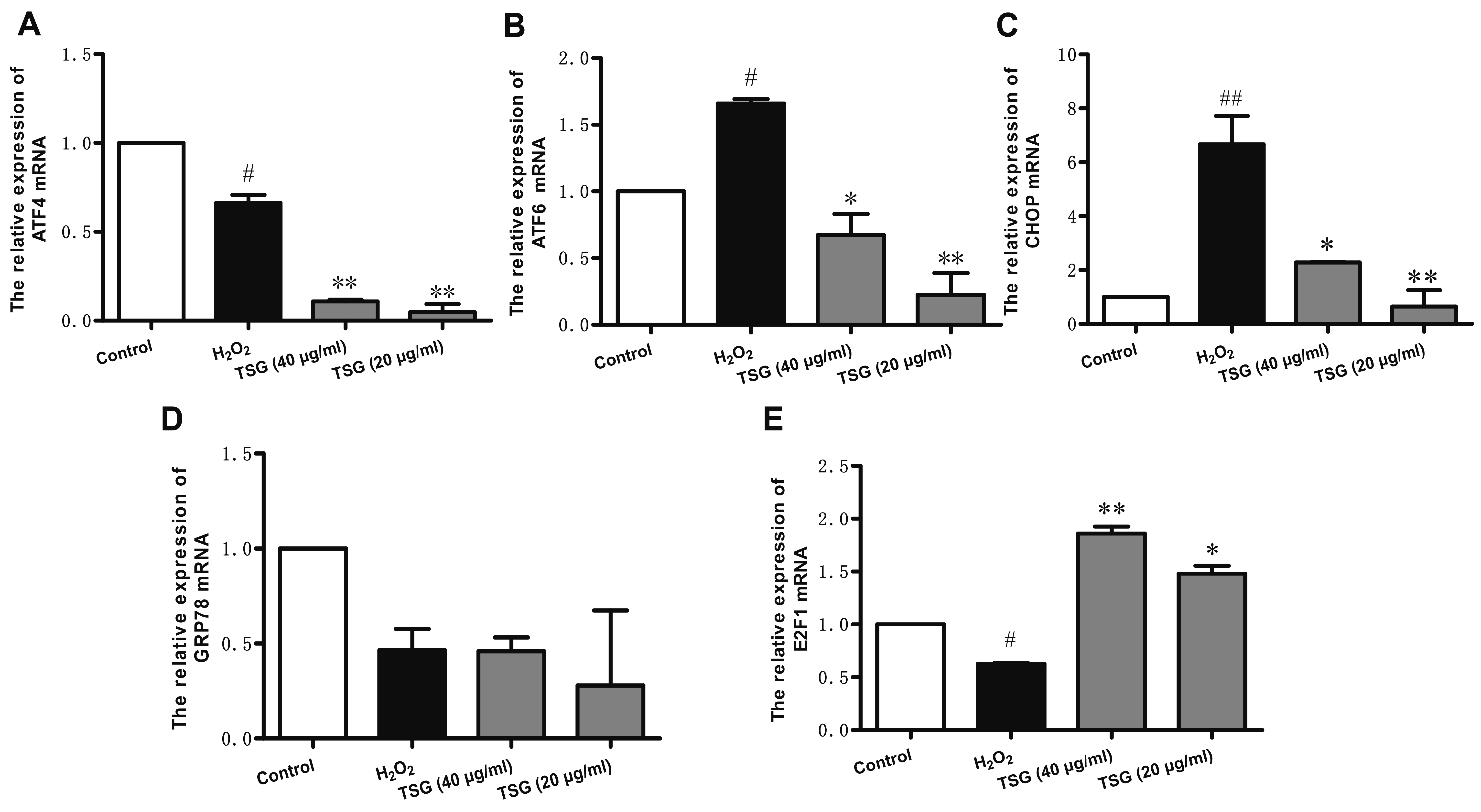




 PDF
PDF Citation
Citation Print
Print


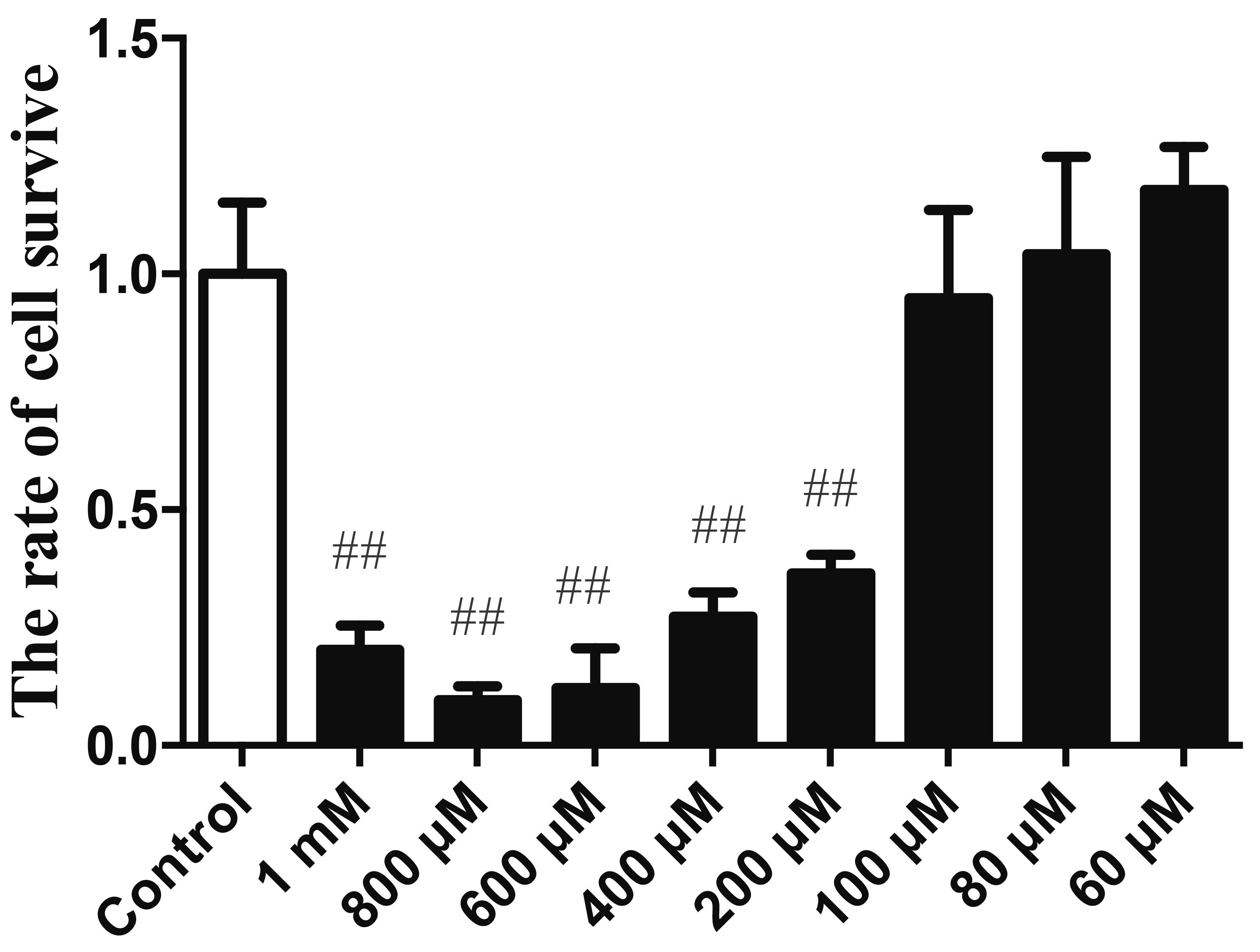

 XML Download
XML Download